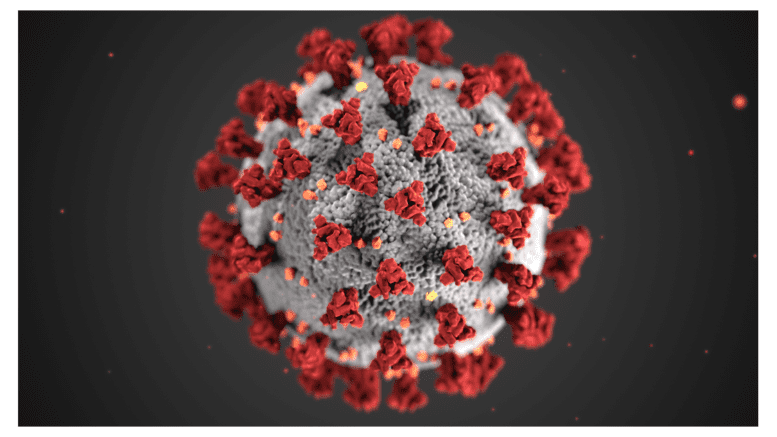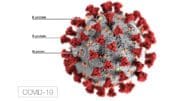The U.S. Census Bureau announced in a press release that they began collecting data for the School Pulse Panel Survey, intended to measure the impact of the COVID-19 pandemic on public school students and staff.
The administrator of the initiative is the Institute of Education Sciences (IES).
The IES is part of the U.S. Department of Education, and the hands-on work of organizing the data will be done by the National Center for Education Statistics (NCES), a part of the IES.
The goal is “to collect detailed data on how the pandemic has affected students, teachers and other staff in U.S. public primary, middle, high and combined-grade schools.
The initial summer survey asks sampled school principals about topics such as:
- In-person, distance- and hybrid learning during the last or upcoming school year.
- Extending the school day/year and before- and after-school/weekend programs or canceling/shortening school holidays to address pandemic-related learning needs during the 2020-2021 school year.
- Onsite COVID-19 vaccinations or a mobile vaccination unit for eligible students during the 2020-2021 school year.
- Classes or camps in summer 2021 to address pandemic-related learning needs.
- Diagnostic assessments of students by teachers and using results to address pandemic-related learning needs during 2021-2022 school year.
Further surveys beginning in September will include:
- Instructional mode offered (such as, in-person or virtual schooling).
- Enrollment counts of student subgroups using various instructional modes.
- Learning loss mitigation strategies.
- Safe and healthy school mitigation strategies.
- Special education services.
- Technology use.
- Staffing.
The data for the SPP will be collected and released on a regular basis beginning in the fall, and there will be regular monthly updates on the NCES page.
Why is this survey important?
According to the NCES website:
The School Pulse Panel will be one of the nation’s few sources of reliable data on a wealth of information focused on school reopening efforts, virus spread mitigation strategies, services offered for students and staff, and technology use, as reported by principals in U.S. public schools.
Due to the importance of this collection and higher burden involved, participating schools will receive up to $5,000 for their continued participation in the monthly collections. Compensation will be sent to the school district in the form of a debit card, which is to be distributed to the school. The card will have $1,250 added to it after the first three monthly survey submissions, and the same amount will be added every three months thereafter, through the end of the study.





